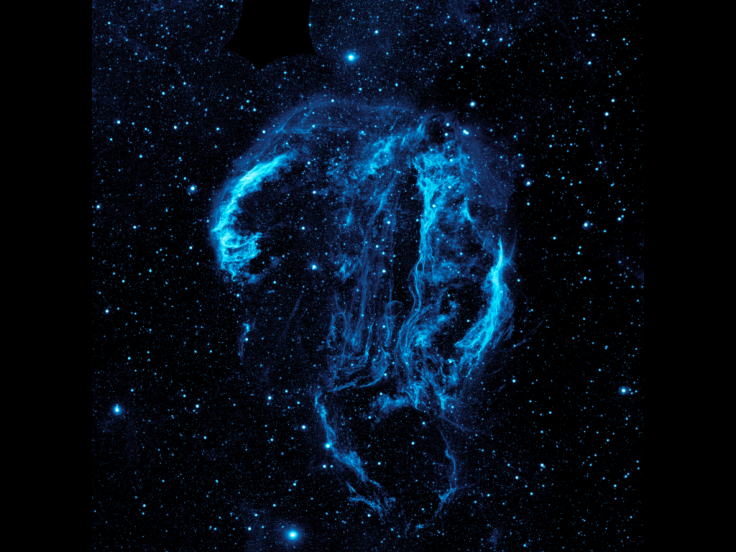NASA Decommissions Galaxy Hunter Spacecraft After 10 Years

After more than 10 years helping scientists gather information about the lives of galaxies and stars, NASA's Galaxy Evolution Explorer has been taken out of service.
The "galaxy hunter" space telescope was originally set to complete only a 29-month mission. But that then extended to more than 10 years of space exploration, according to NPR. GALEX was shut down at 3:09 p.m. ET Friday by a decommission signal that NASA sent to the telescope.
Launched in the spring of 2003, GALEX provided scientists with information about how galaxies and stars are born as well as how they evolve over time.
The telescope has "used its ultraviolet vision to study hundreds of millions of galaxies across 10 billion years of cosmic time," said NASA in a statement.
"GALEX is a remarkable accomplishment," said Jeff Hayes, NASA's GALEX program executive in Washington. "This small Explorer mission has mapped and studied galaxies in the ultraviolet, light we cannot see with our own eyes, across most of the sky."
Among its scientific accomplishments, GALEX was credited for "catching a black hole 'red-handed' as it munched on a star" and "discovering the missing link in galaxy evolution -- the teenage galaxies transitioning from young to old." Following a detailed review, the craft's most recent data will be released to the public within the next 12 months, says NASA.
To view images captured by GALEX, check out the craft's image gallery on the NASA site.
© Copyright IBTimes 2024. All rights reserved.












